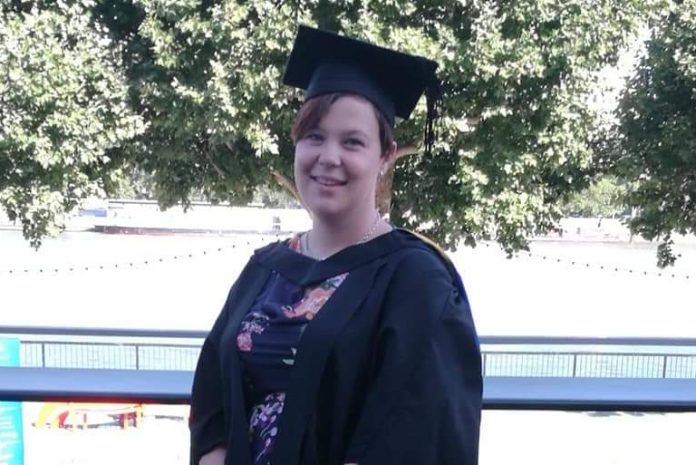My story with endometriosis started when I was 11 years old. I was suffering with extremely heavy and painful periods that would leave me crying. Coming from a family that has a lot of strong independent women it always felt strange that we didn’t talk about this stage of a girl’s life.
Learning to cope
My mum eventually took me to see the family doctor who was the GP for all of my family and was there when my mum gave birth to me. They looked at me, told me it was what happened with all the women in my family, put me on the contraceptive pill and pretty much said it was something I had to live with.
So, I did, for the next 15 years, I dealt with the heavy painful periods that seemed to last between a week-and-a-half to two weeks. I was having to go to bed for two to three days with painkillers and hot water bottles.
Turning point
The turning point for me was when I had my son. I look back and think how lucky I was to have him, as I had suffered from miscarriages previously.
By this time my GP had retired and I had a new doctor that listened to my story. He was very honest and told me that he was going to send me to his wife as she had more knowledge about female health conditions.
When I had the appointment with this new doctor it was amazing. She listened, did an examination and said she would refer me to gynaecology because she believed I had endometriosis.
Endometriosis diagnosis
This was a bit scary as I had never heard of this condition, but since diagnosis I have found out that I have a cousin, second cousin and two third cousins that have endometriosis.
I had my diagnostic laparoscopy and tried many methods to calm my symptoms down over the following four years but the only thing that worked for me was having injections to put me into chemical menopause.
Because these injections worked, I went on to have a total hysterectomy with bilateral salpingo-oophorectomy; the removal of the uterus, cervix, fallopian tubes (salpingo) and ovaries (oophor).
This has worked to a degree but I am now experiencing pain again so I believe that not all of the endometriosis has been removed and this may require further surgery.
Periods should not be painful
One in ten women suffer with endometriosis. That’s around 1.5 million women in the UK. Diagnosis times are on average 7.5 years. I believe the true prevalence rates are much higher and the more awareness that is spread the higher this number will get.
Education of young women and girls is the tool that will help the most. Girls need to stop being told that periods are supposed to hurt and that they still need to carry out the same things that they would normally do.
If a period hurts so much that a girl or young woman does not want to do what she normally would then this is a problem that needs to be addressed.
If girls are armed with information about endometriosis, adenomyosis, polycystic ovarian syndrome (PCOS), and fibroids then they can advocate for themselves and others. When they go and see their GP about these issues then they will know that they are there for a reason and won’t easily be dismissed like so many girls and young women have in the past.
This is one of the reasons why Laura Martin and I set up Endometriosis South Coast. We aim to get into the schools and give lessons on these disorders and menstrual health. Education around this area is lacking at present and it’s time that changed.
